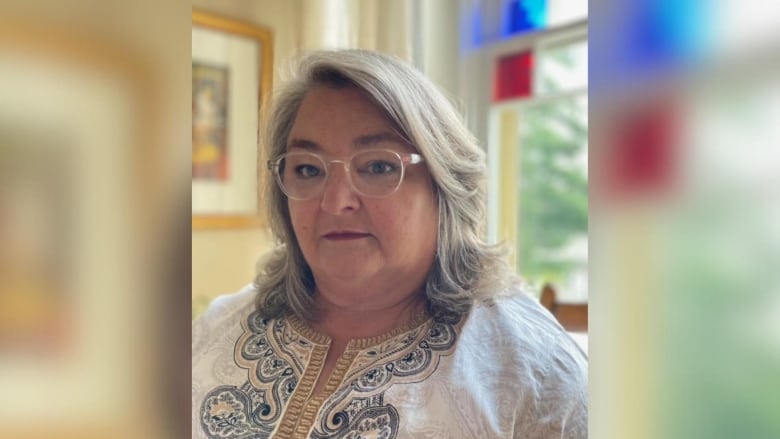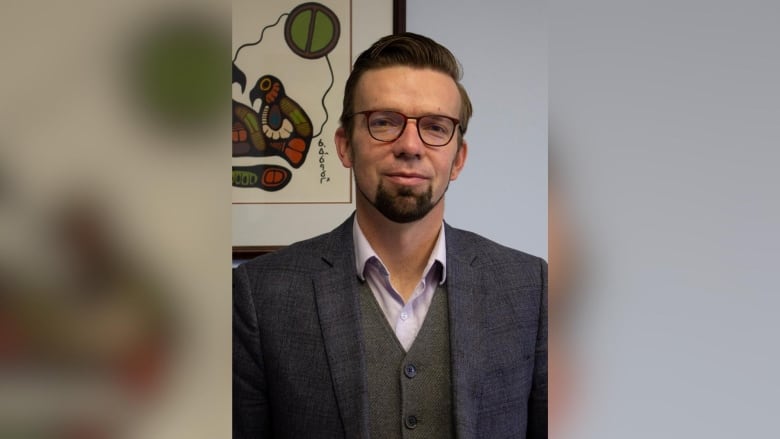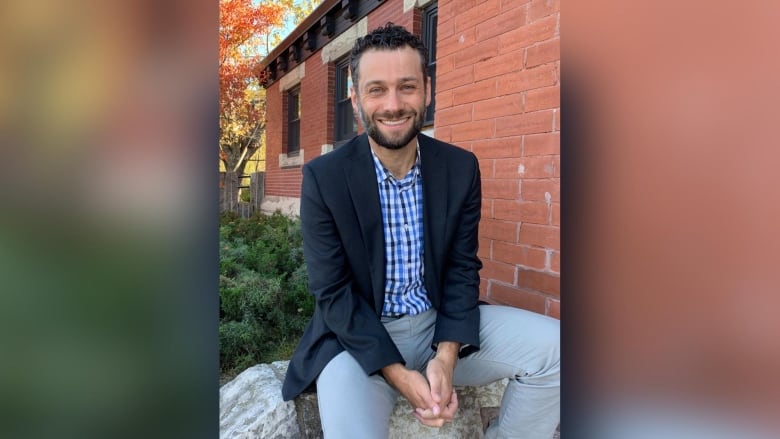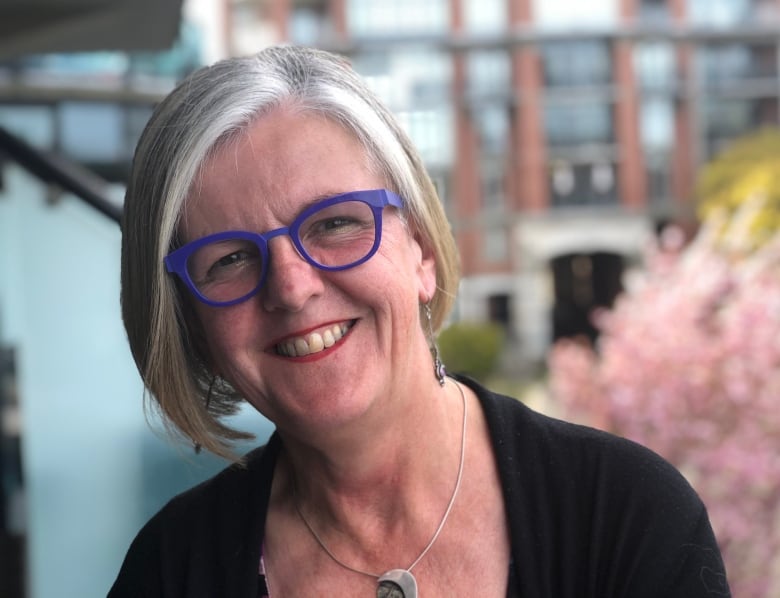Residents of The Maples, a social housing building in Kenora, Ont., say they don’t feel safe due to the city’s escalating drug crisis.
While some have threatened to take matters into their own hands through acts of vigilantism, others are calling for a more collaborative approach between the city and community agencies.
Coun. Lisa Moncrief called a public meeting Monday at the seniors’ centre in Keewatin, a former town amalgamated to form the City of Kenora more than 20 years ago. The room was packed with 50 people and over 120 people tuned in to a livestream of the two-hour session.
Moncrief called a panel of representatives to field questions from residents:
- Kyle Attanasio, the city’s chief administrative officer.
- Staff with the Kenora District Services Board (KDSB).
- Jeff Duggan, Kenora OPP inspector/detachment commander.
- Dr. Kit Young Hoon, Northwestern Health Unit’s (NWHU) medical officer of health.
The Maples is a KDSB-owned apartment building with 20 subsidized units. While many of the occupants are seniors, it is an all-ages building.
Tenants shared concerns about drug use in and around the building, confrontations with intoxicated people and fears about discarded needles in the neighbourhood. One person was asked to leave the meeting after yelling at Duggan.

The NWHU’s catchment area had the eighth highest opioid toxicity mortality rate last year among the province’s public health units. The only safe consumption site in the region is in Thunder Bay, about 480 kilometres southeast of Kenora, which has a population of about 15,000.
The City of Kenora has been working on a new community safety and well-being plan, which is required by all municipalities under the province’s Safer Ontario Act. But Attanasio said it won’t be ready for council’s approval until December.
Eviction is a ‘last resort’
Henry Wall, chief administrative officer of the KDSB, said the board is aware of a unit in The Maples that has received multiple complaints. Though hiring security guards is too expensive, KDSB works closely with Ontario Provincial Police to address concerns.
While a person may be in recovery from addiction when they move into a KDSB building, relapses happen and resources for that aren’t always available.
When evictions are necessary, the backlog of cases at the Landlord and Tenant Board means it can take up to a year to remove unlawful tenants.

“That system really is not working,” Wall told CBC News. “It’s close to being a broken system at this point.”
Wall said some residents at Monday’s meeting suggested removing people who use drugs from KDSB buildings, adding that “for us, an eviction is the absolute last resort.
“When an eviction does happen and there isn’t alternative housing, people are displaced right back onto the streets and that creates other challenges in a community.”
As of the end of March, there were 1,448 households on KDSB’s housing wait-list, Wall said.
But a few new housing projects are underway in the city. They include:
- 30 supportive units set to open in the next month.
- A 56-unit seniors’ building to be ready by the end of 2024.
- New transitional, second-stage units, with details to be announced soon.
Duggan told CBC News that break-ins and trespassing incidents have risen in Keewatin, and there have been a few substantial drug seizures recently. He encourages people to lock their vehicles and sheds and to report suspicious activity to police, rather than just posting about it online.
The Kenora OPP’s non-emergency line is 1-888-310-1122.
Addiction a public health issue: NWHU
The NWHU issued drug alerts at the end of April and beginning of May due to a spike in overdoses.
There were 53 suspected drug-related deaths in the health unit’s catchment area last year and 17 suspected deaths so far this year, according to data from Ontario’s Office of the Chief Coroner.
While the health unit isn’t responsible for treatment, it offers harm reduction, including a needle distribution program.
Providing new needles to people who use drugs helps prevent the spread of blood-borne illnesses such as HIV. The program also helps the health unit build relationships with clients who otherwise may not access health-care services, said Young Hoon.
The health unit provides sharps containers upon request and works with a number of partners that pick up needles in the community.
Needles were among the top concerns expressed by people who attended the community meeting.
Young Hoon said the majority of their clients “are trying their best to do what they can do to help themselves, but also to reduce any negative impacts on society.”
“We do encourage people that if you see a needle to consider picking it up and disposing of it appropriately,” Young Hoon said.
Steps to safely pick up and dispose of a needle can be found on the health unit’s website.
‘We can’t afford for this not to succeed’
Attanasio said the city just finished several engagement sessions, as well as a survey with over 1,000 participants, that will help in putting together the community safety and well-being plan.
His priority is to ensure the plan consists of specific, measurable goals rather than broad concepts like “making Kenora safer.”
“Our community is demanding that we show up, and we take this seriously and we show some demonstrable change, and so the stakes feel very high,” Attanasio said in an interview with CBC News.
“We can’t afford for this not to succeed.”

The city has hired Christiane Sadeler, a consultant with More Better Solutions, to help develop the plan. As a trained community psychologist, Sadeler’s role involves guiding consultations and gathering as much data as possible.
So far, it feels more like she’s “writing a plan for housing … combined with a plan for an integrated drug strategy,” she told CBC News in an interview.
One positive sign is the “unusually high” survey response rate: 87 per cent of respondents said they were willing to “roll up their sleeves” to support community safety and well-being in their neighbourhood, Sadeler said.
Residents divided but motivated for change
Though residents remain divided over what that approach should look like, polarization is not uncommon, Sadeler said.
“Sometimes out of frustration, understandably, people want it fixed and they want it fixed yesterday.”
She said consulting with different groups is essential in making a plan by and for Kenora, and that work takes time.

Moncrief, who moderated the community meeting, said people were grateful to have the chance to speak “and grateful for the recognition that the issues in Keewatin may be different than in other pockets of the community.”
“I think it’s important for people to talk about these things as a community together in one room and there’s a shared feeling of common issues,” Moncrief told CBC News.
In bringing together representatives from a number of agencies, she hoped to show the public the importance of working together instead of in silos.
“We need to continue to talk about it and come up with joint solutions that work for everyone.”






